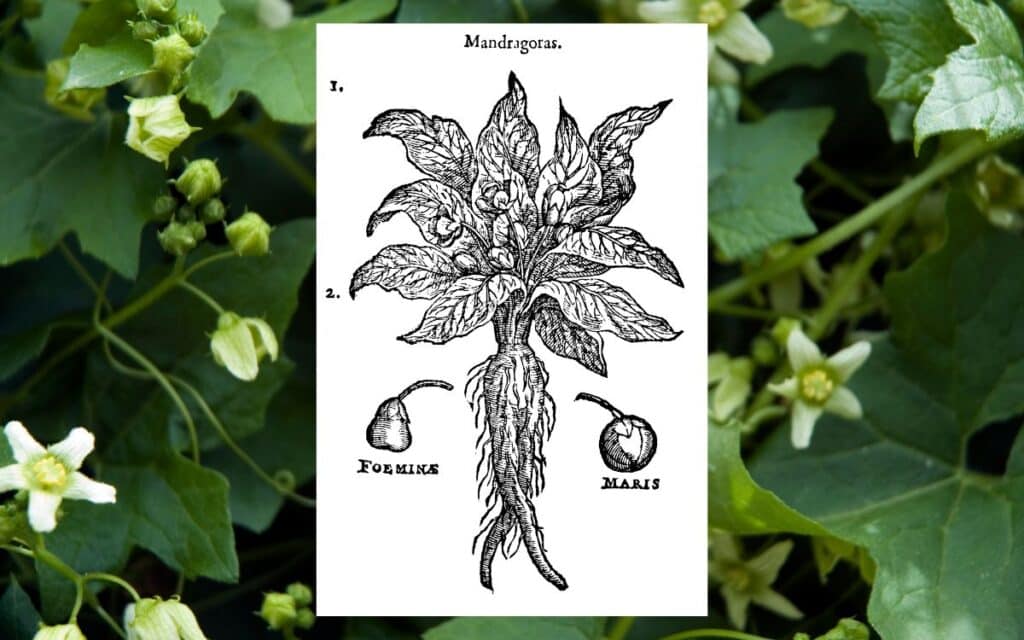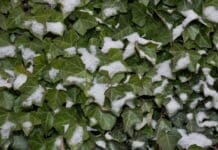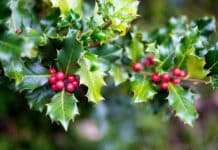Mandrake roots have long been associated with folklore, magic, and even medicinal properties. These fascinating plants have captured the imagination of people throughout history. Here are 10 things you might not know about Mandrake Roots…

While many of us might be familiar with the basic concepts surrounding mandrake roots, there are some lesser-known facts about them that can shed further light on their intriguing nature.
Rooted in Myth and Legend
Mandrake roots hold a prominent place in various mythologies and cultures. In ancient times, they were believed to possess mystical properties and were associated with fertility, love, and protection against evil spirits. The root’s humanoid shape, with limbs and a head-like bulb, added to the mystique and led to the belief that it possessed magical powers.
Unveiling the Botanical Identity
Mandrake roots belong to the Mandragora genus, which encompasses several species of perennial plants. The most famous and widely known is Mandragora officinarum. These plants typically have broad leaves and produce small, bell-shaped flowers that eventually give way to yellow or orange berries.
The Dark Side: Toxicity of Mandrake Roots
While mandrake roots have a rich history of medicinal and magical uses, it’s important to note that they are highly toxic. The roots, leaves, and berries contain alkaloids, such as scopolamine and atropine, which can cause hallucinations, delirium, and even respiratory paralysis if ingested in large quantities. Handling the plant without proper precautions can also lead to skin irritation.
Ancient Medicinal Marvels
Despite their toxicity, mandrake roots were used in ancient medicine for various purposes. They were believed to possess analgesic and aesthetic properties, and were used as sedatives, pain relievers, and even as a treatment for rheumatism and other ailments. However, due to their toxicity and the availability of safer alternatives, their use in modern medicine is extremely limited.
Mandrakes in Biblical Tales
Mandrake roots have a mention in the Bible as well. In Genesis 30:14-16, Rachel, a biblical figure, trades mandrake roots with her sister Leah in exchange for a night with their husband, Jacob. This reference adds to the historical significance and cultural prominence of mandrake roots.
Growing Mandrake: Habits and Habitat
Mandrake plants are native to the Mediterranean region and prefer well-drained soil in a partly shaded location. They can grow up to two feet tall and have a fleshy, often forked root system that resembles a human figure. The roots are typically harvested in autumn when the plant is dormant.
A Fragrant Allure: The Scent of Mandrake Roots
One unique characteristic of mandrake roots is their aromatic smell. When freshly dug up, the roots have a distinct, earthy fragrance that has been described as reminiscent of apples. This scent is attributed to the presence of volatile oils within the plant.
From Art to Pop Culture: Mandrakes in the Spotlight
Mandrake roots have made appearances in various works of literature, art, and even popular culture. They have been featured in fantasy novels, such as J.K. Rowling’s “Harry Potter” series, where they are depicted as magical plants with potent properties. Mandrake roots have also been depicted in paintings and illustrations throughout history, further cementing their cultural significance.
Magic and Ritual: The Mystical Uses of Mandrake Roots
Mandrake roots have a long history of use in magical and occult practices. In some traditions, they were believed to possess protective qualities and were often kept in the home to ward off evil spirits. Additionally, the roots were sometimes used in rituals related to fertility, love spells, and divination.
A Race Against Extinction: The Threat to Mandrake Species
Unfortunately, wild populations of mandrake plants are currently threatened due to overharvesting and habitat loss. Some species are listed as endangered or critically endangered, emphasising the urgent need for conservation efforts to preserve these unique plants for future generations.
Tell us your thoughts about Mandrake in the comments section below!









